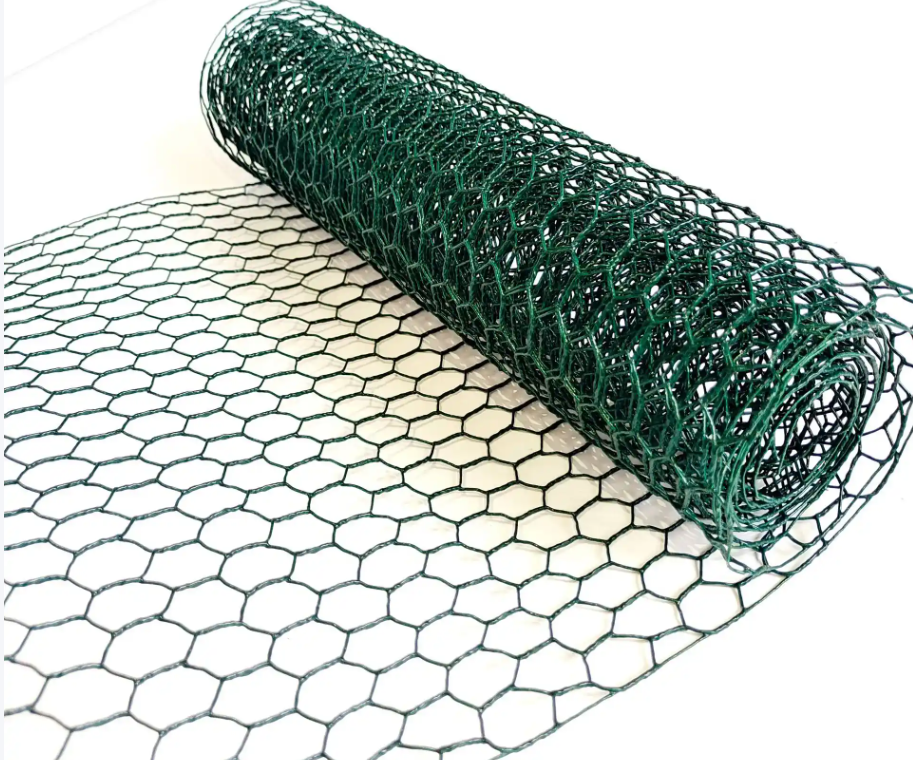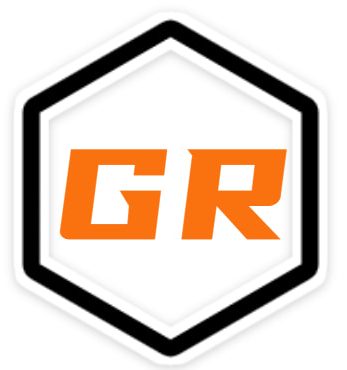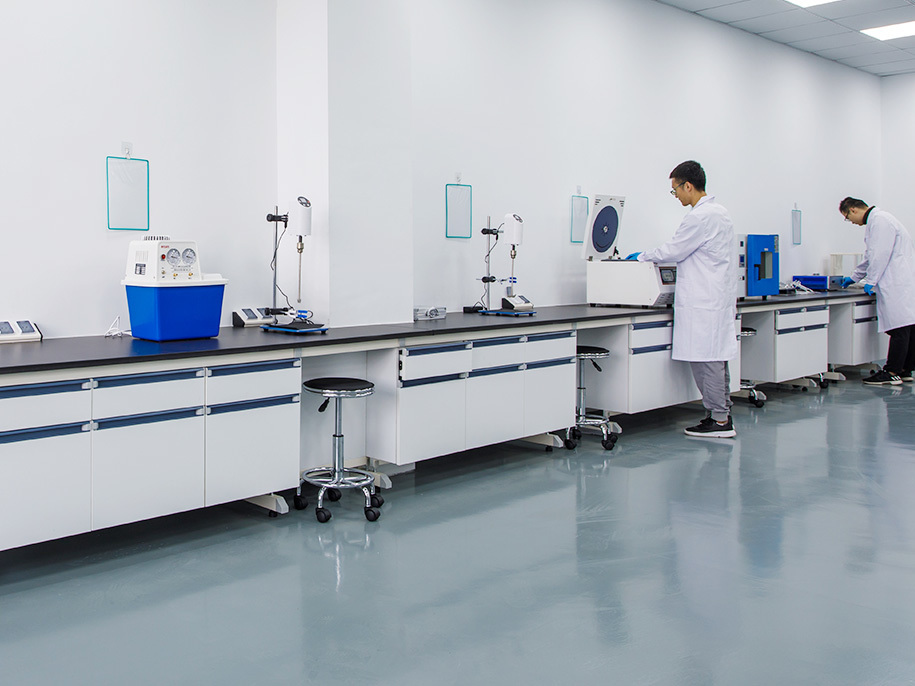Comparing Graphene vs Traditional Flame Retardants in Coatings
Fire safety is one of the most critical concerns in industries ranging from construction and transportation to electronics and aerospace. Coatings and paints with flame-retardant properties are essential to slow fire spread, reduce smoke emission, and protect both infrastructure and human lives.
For decades, industries have relied on traditional flame retardants—such as halogenated compounds, phosphorus-based chemicals, and mineral fillers—to improve fire resistance. While effective to a certain extent, many of these materials come with environmental concerns, toxicity risks, and limited long-term durability.

In recent years, graphene has emerged as a promising alternative flame-retardant additive. Known for its thermal stability, impermeability, mechanical strength, and eco-friendliness, graphene is showing potential to transform fire-protection coatings into lighter, safer, and more sustainable systems.
This article compares graphene-based flame retardants with traditional flame retardant technologies, examining their mechanisms, performance, advantages, limitations, and future applications.
Traditional Flame Retardants in Coatings
Traditional flame retardants fall into several main categories:
1. Halogenated Flame Retardants
-
Examples: Brominated and chlorinated compounds.
-
Mechanism: Release halogen radicals that interfere with combustion reactions.
-
Advantages: Highly effective at reducing flammability.
-
Drawbacks:
-
Produce toxic smoke and corrosive gases during burning.
-
Banned or restricted in many countries due to environmental persistence.
-
2. Phosphorus-Based Flame Retardants
-
Examples: Ammonium polyphosphate, organophosphates.
-
Mechanism: Promote char layer formation, insulating the material from heat.
-
Advantages: Relatively efficient, widely used in intumescent coatings.
-
Drawbacks: Moisture sensitivity, potential toxicity at high loadings.
3. Mineral Fillers
-
Examples: Aluminum hydroxide (ATH), magnesium hydroxide (MDH).
-
Mechanism: Release water vapor when heated, cooling the material.
-
Advantages: Non-toxic and widely available.
-
Drawbacks: Require high loading (40–60%), which weakens mechanical properties and adds weight.
4. Other Additives
-
Silicone-based or boron-based retardants are sometimes used for niche applications but typically suffer from cost or compatibility issues.
Key Challenge: Traditional flame retardants often require compromises between fire protection, mechanical properties, environmental safety, and weight efficiency.
Graphene as a Flame Retardant
Graphene offers a fundamentally different approach to fire resistance:
Mechanisms of Flame Retardancy with Graphene
-
Thermal Barrier Effect → Graphene sheets form a physical barrier, slowing heat transfer.
-
Tortuous Path Effect → Prevents oxygen and volatile gases from feeding the flame.
-
Char Formation Enhancement → Promotes stable char layers in polymers, improving insulation.
-
Synergy with Additives → Works with phosphorus or intumescent systems to boost performance at lower loading.
Advantages of Graphene Flame Retardants
-
Low Loading Required → Only 1–5% graphene can significantly improve fire resistance.
-
Eco-Friendly → Non-toxic, halogen-free, and recyclable.
-
Lightweight → Does not add bulk, unlike mineral fillers.
-
Durability → Improves coating strength, UV resistance, and wear resistance.
-
Multi-Functionality → Provides fire resistance, corrosion protection, and EMI shielding simultaneously.
Comparing Graphene vs Traditional Flame Retardants
| Criteria | Traditional Flame Retardants | Graphene-Based Flame Retardants |
|---|---|---|
| Fire Protection Efficiency | Effective, but often requires high loading | Effective at low loading (1–5%) |
| Environmental Impact | Many are toxic, halogenated types restricted by regulations | Eco-friendly, halogen-free, low toxicity |
| Weight and Thickness | High loading increases coating thickness and weight | Lightweight, maintains thin coatings |
| Durability | Can weaken coatings (cracks, reduced adhesion) | Enhances strength, toughness, and adhesion |
| Smoke & Toxicity | Can emit harmful gases during combustion | Reduces smoke and toxic release |
| Cost & Availability | Mature, widely available, relatively cheap | Higher cost today, but decreasing with scalable production |
| Multi-Functionality | Primarily fire resistance | Fire resistance + corrosion resistance + EMI shielding |
Applications of Graphene Flame-Retardant Coatings
1. Construction and Infrastructure
-
Steel structures, tunnels, bridges → Graphene coatings improve fire safety while also preventing corrosion.
2. Automotive and Electric Vehicles
-
Battery casings, interiors, body panels → Graphene coatings reduce fire hazards in EVs, a growing safety concern.
3. Aerospace and Aviation
-
Lightweight, fire-retardant coatings reduce fuel consumption while ensuring cabin safety.
4. Marine Industry
-
Ships and offshore platforms require fire and corrosion resistance in one solution.
5. Electronics and Consumer Devices
-
Graphene coatings can reduce fire risk in smartphones, laptops, and IoT devices without adding bulk.
Challenges of Graphene Flame Retardants
-
Cost: High-quality graphene is still more expensive than traditional flame retardants.
-
Dispersion: Achieving uniform distribution in polymer matrices is challenging.
-
Scalability: Large-scale, low-cost graphene production remains under development.
-
Standardization: Industry lacks universal testing standards for graphene flame-retardant coatings.
Market Outlook
The global flame retardant coatings market is projected to exceed USD 20 billion by 2032. With tightening fire-safety regulations and environmental bans on halogenated compounds, graphene is poised to capture a growing share of this market.
Future growth areas include:
-
EV battery coatings (safety-critical).
-
High-rise building materials requiring eco-friendly flame protection.
-
Aerospace lightweight fire-protection solutions.
-
Consumer electronics where weight and space constraints are critical.
Future of Flame Retardants: Graphene + Hybrid Systems
While graphene alone offers remarkable flame resistance, hybrid systems that combine graphene with traditional flame retardants could provide cost-effective, scalable solutions. For example:
-
Graphene + Phosphorus → Strong char formation with minimal additive.
-
Graphene + Minerals → Reduced filler loading while maintaining performance.
-
Graphene + Intumescent Coatings → Enhanced protective foam layers under heat.
This hybrid approach may bridge the gap between cost and performance until graphene production costs drop further.
The comparison between graphene and traditional flame retardants in coatings reveals a clear trend:
-
Traditional systems remain widely used but face challenges with toxicity, weight, and durability.
-
Graphene offers a safer, lighter, and multi-functional alternative, though cost and scalability remain hurdles.
As industries push toward sustainability, safety, and efficiency, graphene-based flame retardants are expected to play an increasingly dominant role in fire-protection coatings. Over the next decade, we are likely to see graphene move from niche applications in aerospace and electronics into mainstream use in construction, automotive, and energy sectors.
In the race for next-generation flame retardant coatings, graphene is not just a competitor—it is rapidly becoming the future of fire safety and protective materials.

